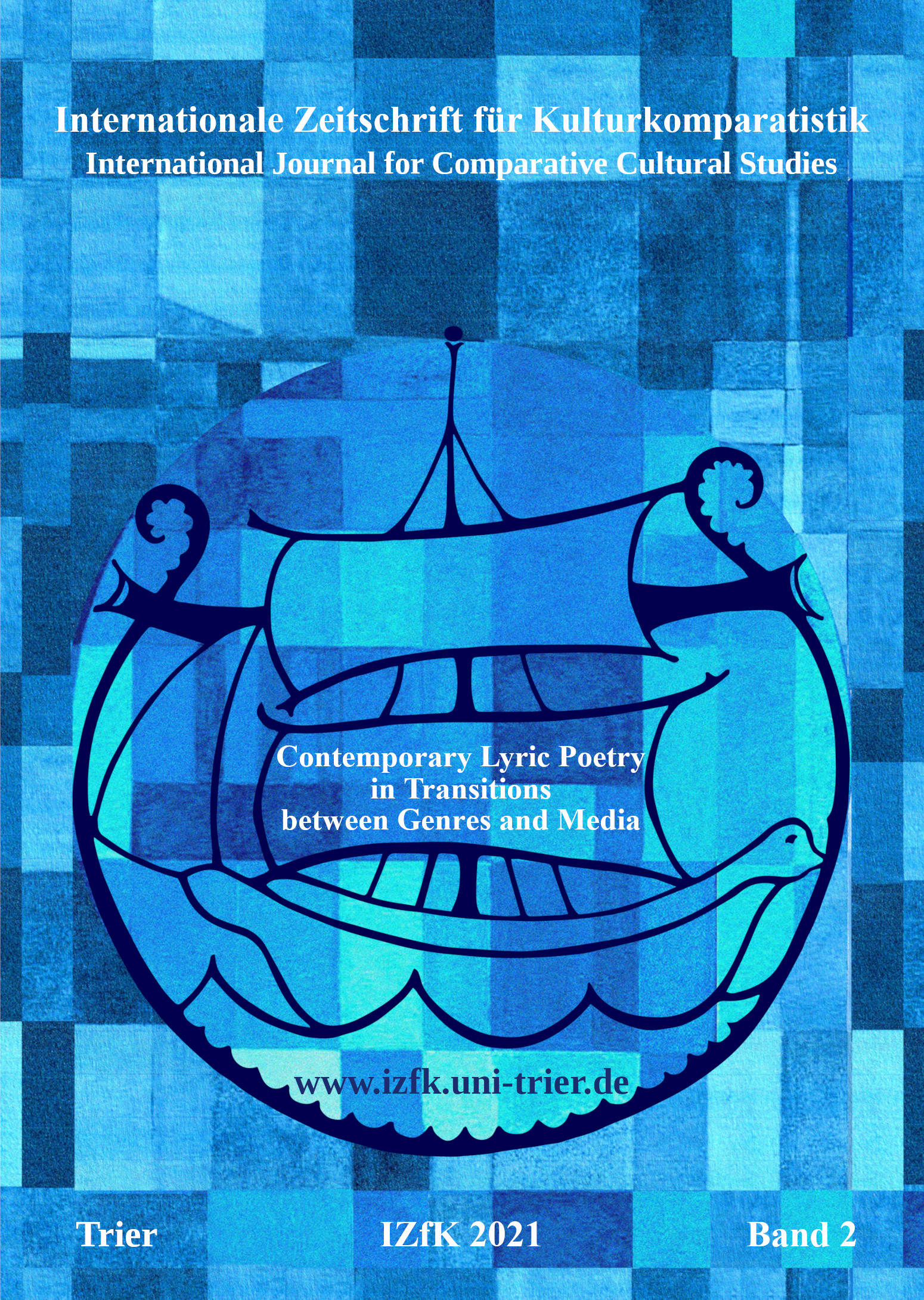A Trajectory of Billboard Poetry in America: From “Burma-Shave”-Roadside Advertisement to “Three Billboards outside Ebbing, Missouri”
Hauptsächlicher Artikelinhalt
Abstract
This essay applies a Cultural Studies-approach to the multi-facetted relationship between poetry and advertisement as it emerged in the first half of the 20th century in the United States and as it became visible on billboards by the roadside. Somewhat paradoxically, public poetry in advertising appeared all across the United States (predominantly along highways in rural areas) around the time that much of modernist American poetry was being declared a highly elitist and urban centric affair in the orbit of new criticism-scholarship at universities. My first case study addresses the iconic Burma-Shave Billboard Poetry Campaign (1929-1963) and its long-lasting influence on American (popular) culture – in literature, music, visual art. Prior to this campaign as well as on the heels of it, billboards and billboard poetry were taken up to a minor extent in poetry circles and literary criticism (where they continued to be mostly viewed with disdain) and to a larger extent by conceptual artists who used billboard aesthetics, slogans, and short (poetic) texts in installations mimicking and critiquing consumer culture. One of the most aesthetically innovative recent ‘returns’ of billboard poetry, however, is the one employed intra-diegetically in the Hollywood film “Three Billboards Outside of Ebbing, Missouri” (2017), my second case study. Here, the writing on the billboard-walls make those aspects explicit that have been submerged in the earlier rhymes by the roadside: While the playful, optimistic lines of advertisement imply, time and again, a happy white middle-class American family with a sober and well-shaved patriarch behind the wheel and thus gloss over the disavowed underside of mobility, the film makes the latent manifest and points to systemic / structural violence, such as a pervasive American rape ‘culture’ which is linked to the car and the mobility it offers. The film uses the billboard and its inscription as foil and as catalyst to address and to protest this and other forms of violence and thus presents an activist intervention in order to ask for more than merely poetic justice.

